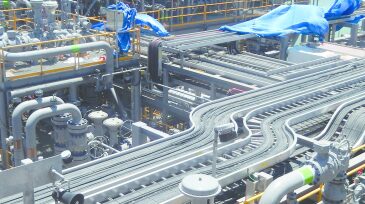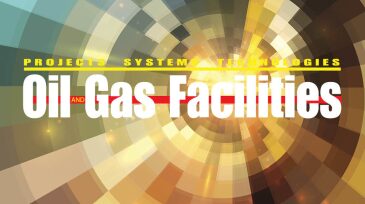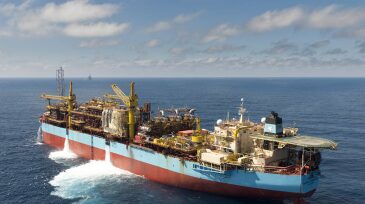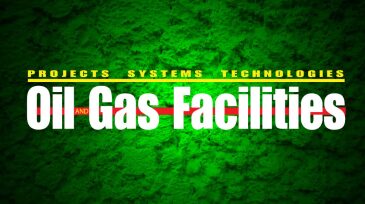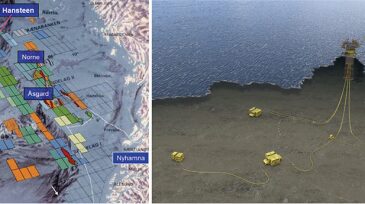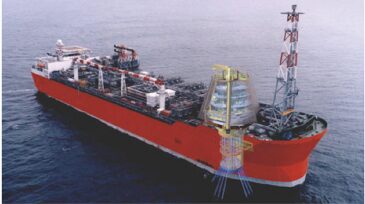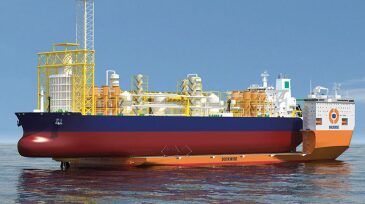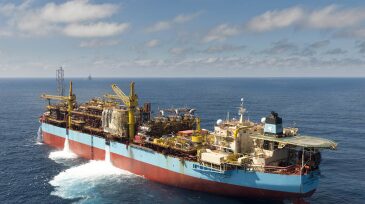Floating production systems
Project in US Gulf will add about 15,000 BOEPD to the deepwater Atlantis project at peak production.
Project financing raised by JP Morgan will enable YPF and its partners Eni and ADNOC’s XRG to launch Phase 2 of Argentina LNG, boosting production to 18 mtpa by 2030-2031.
First oil is expected from phase one of the project in 2028, with up to four more phases planned.
-
LLOG Exploration’s Delta House floating production system (FPS) looms large over Kiewit Offshore Services’ fabrication yard in Ingleside, Texas.
-
After severe damage in a typhoon, the Huizhou oil field in the South China Sea was back on production in 5.5 months. This paper reviews how this feat was accomplished.
-
The SPE Gulf Coast Section’s Project, Facilities, and Construction study group is hosting a series of lectures, “What Have We Learned About Host Selection in Deepwater GOM After 20 Years of Being Off the Shelf?
-
The market for floating production systems is growing rapidly, with spending from 2014-2018 expected to increase more than 100% from the prior 5-year period. Factors such as increased local content contribute to growing expenditures.
-
Roughly one-half of global gas reserves are considered stranded gas--uneconomical because of the remote location of potential markets, lack of economic transportation and infrastructure, or the lack of conversion technology. An FPSO with gas to liquids conversion is an option for stranded gas.
-
Good early production caused an FPSO to reach the design topside limit with only five wells connected. A study was undertaken to determine how bottlenecks could be reduced to allow greater production without compromising process safety.
-
Deepwater field developments are regarded as standard technology in several areas of the world, but in harsher environments, extreme design loads and increased fatigue loading become more challenging.
-
This paper compares the main features of the Schiehallion and Quad 204 TMSs, reporting the performance of key components over 15 years of operation.
-
The large number of floating production, storage, and offloading units (FPSOs) commissioned more than a decade ago now require offshore-asset-integrity management and maintenance.
-
The development of compact topside processing plants for floating, production, storage and offloading (FPSO) vessels is a growing industry trend that can reduce operating and capital expenditures over the life of the vessel, a researcher and scientist said recently.




